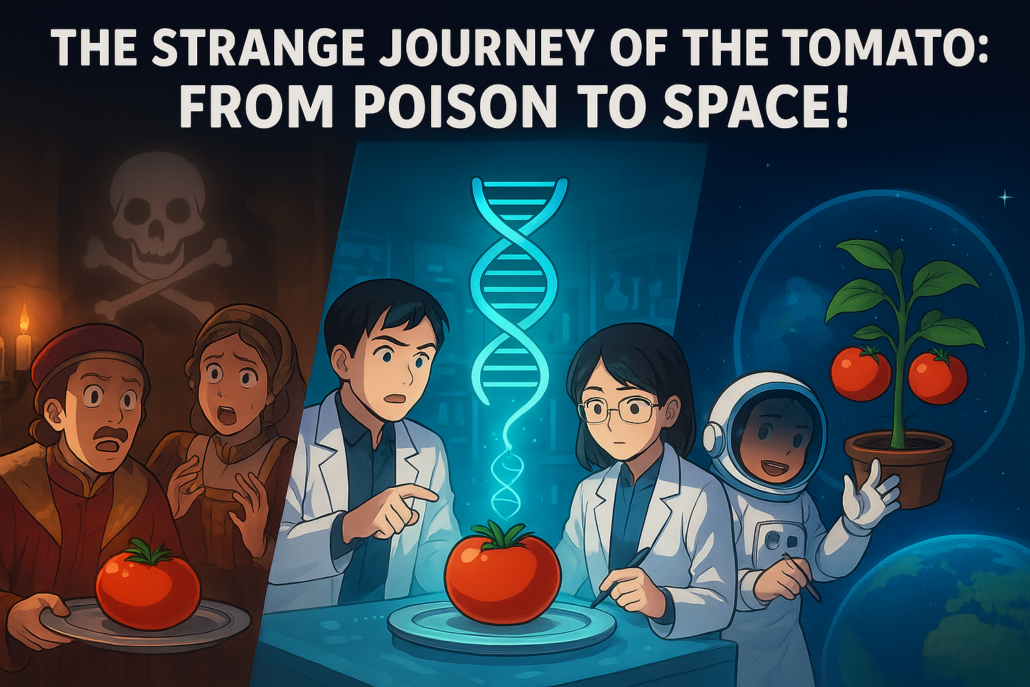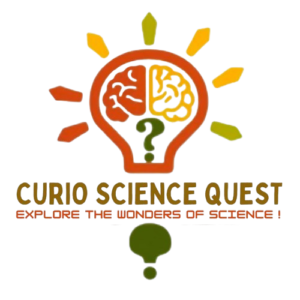What is a Solar Eclipse?
A solar eclipse happens when the Moon comes exactly between the Earth and the Sun, blocking the Sun’s light for a short time. This can only happen during new moon, when the Moon is directly aligned with the Sun. Depending on how perfectly they align, we see different types of eclipses:
- Total Eclipse – the Moon completely hides the Sun.
- Partial Eclipse – the Moon covers only part of the Sun.
- Annular Eclipse – the Moon is slightly farther from Earth and looks smaller, leaving a bright “ring of fire.”
Eclipses are rare for any one location because the Moon’s shadow (the path of totality) is very narrow.
History Of Eclipse Observations
Humans have been fascinated by eclipses for thousands of years. Ancient records of eclipses go back more than 3,000 years, written in Babylonian, Chinese, and Indian texts. For early civilizations, a sudden darkening of the Sun felt mysterious and even frightening, often explained as a dragon, demon, or animal swallowing the Sun.
But surprisingly, many ancient astronomers learned to predict eclipses with great accuracy.
- Babylonians (Mesopotamia) discovered the Saros cycle (about 18 years, 11 days). After this time, solar and lunar eclipses repeat in nearly the same pattern.
- Indian astronomers in texts like the Surya Siddhanta used geometry to predict eclipses. They even explained eclipses without myth describing them as shadows cast by Earth or the Moon.
- Chinese astronomers kept precise eclipse records that stretched for centuries, helping them refine calendars.
This shows that long before modern physics, people connected careful observation with mathematics to unlock nature’s secrets.
The 1919 Eclipse And Einstein’s Relativity
One of the most famous eclipses in science happened on May 29, 1919. At that time, Albert Einstein had recently published his General Theory of Relativity (1915). He predicted that massive objects like the Sun bend space itself, causing light to curve as it passes near them.
How could anyone test this? Normally, we cannot see stars close to the Sun because its glare is too bright. But during a total solar eclipse, the Sun is covered, and stars near its edge become visible.
British astronomer Arthur Eddington led an expedition to the island of Principe (near Africa) and another team went to Sobral in Brazil. They photographed stars during the eclipse and compared their positions with where they appeared in the night sky.
The result: the stars’ positions shifted, exactly as Einstein predicted. This was the first experimental proof of relativity, and it made Einstein a scientific celebrity overnight. A solar eclipse had changed physics forever.
Studying The Solar Corona
The Sun’s outer atmosphere, called the corona, is usually invisible because the bright surface of the Sun overwhelms it. But during a total eclipse, the corona shines beautifully as a glowing crown of plasma.
For centuries, eclipses were the only way to study the corona. Observers noticed its streamers, loops, and flares key to understanding the Sun’s magnetic field.
Now, scientists don’t need to wait for eclipses. Satellites such as SOHO (Solar and Heliospheric Observatory) and the Parker Solar Probe study the corona continuously using coronagraphs (special instruments that block the Sun’s disk artificially). But even today, eclipse observations remain valuable. Ground-based experiments can capture data at higher resolution for a brief but unique view.
Ground vs. Satellite Observations
- Ground-based viewing: Offers direct human experience and very sharp optical data for a few minutes. But it is limited by weather and location.
- Satellite observations: Provide continuous, global monitoring, unaffected by Earth’s atmosphere. They help us understand solar storms, coronal mass ejections, and space weather.
Together, they give us a complete picture of our star.
Predicting Eclipses: From Ancient Times To Software
In ancient times, people used cycles like the Saros cycle to know when eclipses would come. These predictions were surprisingly good, though not perfect for exact location and timing.
Today, astronomers use precise orbital mechanics. Computers calculate the motions of the Earth, Moon, and Sun down to fractions of a second. Modern software can tell us:
- The exact path of totality,
- The local time of contact points,
- And even how long the eclipse will last in a particular city for years or centuries in advance.
For example, NASA eclipse maps already show eclipse paths up to the year 2100.
Fun Cultural Stories Of Eclipses
Eclipses are not just science they are also part of human imagination.
- In Viking mythology, wolves Sköll and Hati chased the Sun and Moon, causing eclipses when they caught them.
- In China, people believed a dragon swallowed the Sun. Traditional response? Beating drums and making noise to scare it away.
- In India, the demon Rahu was said to drink the nectar of immortality but was beheaded. His immortal head occasionally swallows the Sun or Moon and causing eclipses.
Even though these were myths, the effort to explain a mysterious natural event shows how humans everywhere sought meaning in the sky.
Why Eclipses Still Matter
Solar eclipses are not just dramatic shows in the sky. They:
- Help scientists test new instruments.
- Allow the public to connect directly with cosmic events.
- Inspire new generations to study astronomy.
Every eclipse is a reminder that we live in a universe of moving, interacting celestial bodies and where the dance of Sun, Moon, and Earth is both predictable and awe-inspiring.
Conclusion
From ancient priests with clay tablets, to Einstein’s revolution in 1919, to NASA satellites today, solar eclipses have guided our journey of discovery. They link myth and mathematics, fear and wonder, past and future.
The next time you witness a solar eclipse, you are not only watching a rare cosmic alignment but you are also standing in a tradition of human curiosity that stretches back thousands of years.

